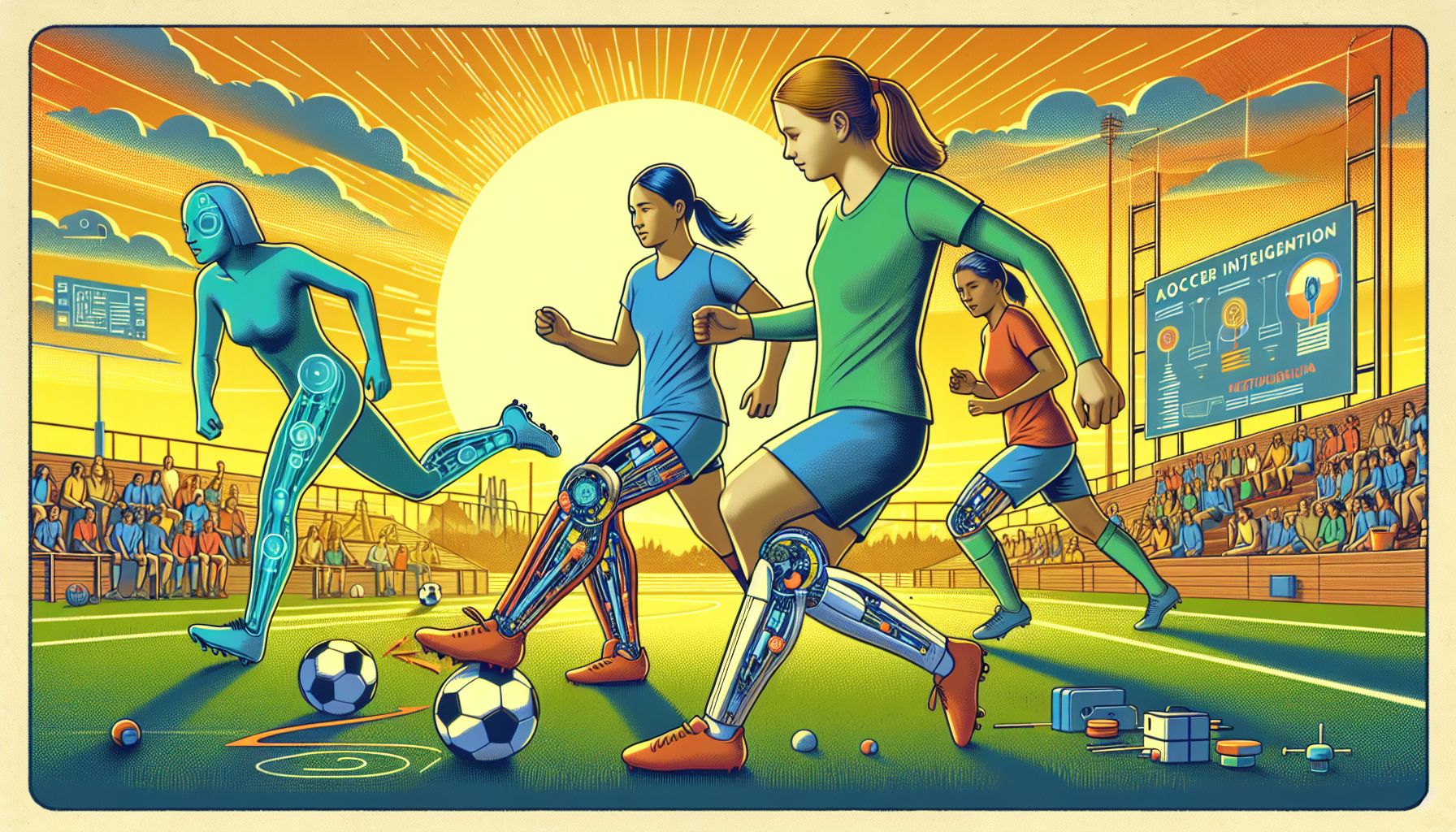AI-Driven Injury Prevention: A Game-Changer for Women's Soccer

Amsterdam, Tuesday, 20 August 2024.
Amsterdam University of Applied Sciences secures €300,000 grant to develop AI techniques for preventing knee injuries in young female soccer players. With ACL tears affecting up to two players per team each season, this innovative project aims to revolutionize injury prevention in women’s sports.
Understanding the Scope of the Problem
The initiative, spearheaded by the Sport- and Performance Psychology Research Group at the Amsterdam University of Applied Sciences (HvA), aims to mitigate a significant issue in women’s soccer. Over the past decade, the number of female soccer players in the Netherlands has surged from 124,000 to 169,000, consequently leading to a rise in knee injuries. Young girls, particularly those under 18, are at a higher risk for anterior cruciate ligament (ACL) injuries compared to their male counterparts. These injuries often result from sudden changes in direction, a common occurrence in soccer, and can take 9 to 12 months to recover from, with long-term implications such as increased re-injury risk and potential osteoarthritis.
The Role of AI in Injury Prevention
The €300,000 grant from SIA-RAAK will fund a two-year project called PLAYSAFE, which will leverage AI-driven techniques to study and prevent knee injuries. The research will utilize advanced markerless motion capture technology to analyze movement patterns of approximately 300 young female soccer players during their regular training sessions. By identifying high-risk movements and biomechanical inefficiencies, the project aims to develop targeted interventions to reduce the incidence of ACL injuries.
Mechanisms and Factors Contributing to ACL Injuries
Various factors contribute to the heightened risk of ACL injuries among young female athletes. These include hormonal balance, anatomical differences, and psychological factors such as stress and lack of sleep. Studies have shown that females have an ACL injury rate 2-8 times greater than males, partly due to increased knee valgus and generalized joint laxity. Additionally, the ‘position of no return,’ characterized by hip internal rotation, knee valgus, and tibial external rotation during injury, further exacerbates the risk.
Collaborative Efforts and Future Goals
The research is supported by a consortium of organizations, including the Royal Dutch Football Association (KNVB), Utrecht-Oost physiotherapy practice, Amsterdam UMC, and various academic institutions. Nils Jongerius, the head lecturer at HvA, emphasizes the importance of understanding healthy movement patterns to guide young female soccer players effectively. The ultimate goal is to develop a user-friendly dashboard that clubs can use to monitor players and implement injury-prevention strategies. Future research aims to expand these findings to broader injury prevention across different sports.
Significance and Broader Implications
This project represents a significant advancement in healthtech, specifically in sports injury prevention. The use of AI to analyze and mitigate injury risks not only promises to enhance the safety and performance of young female soccer players but also sets a precedent for similar applications in other sports. By addressing both modifiable and non-modifiable risk factors, this initiative aims to create a comprehensive approach to athlete health and well-being, potentially reducing the long-term physical, psychological, and social consequences of sports injuries.

